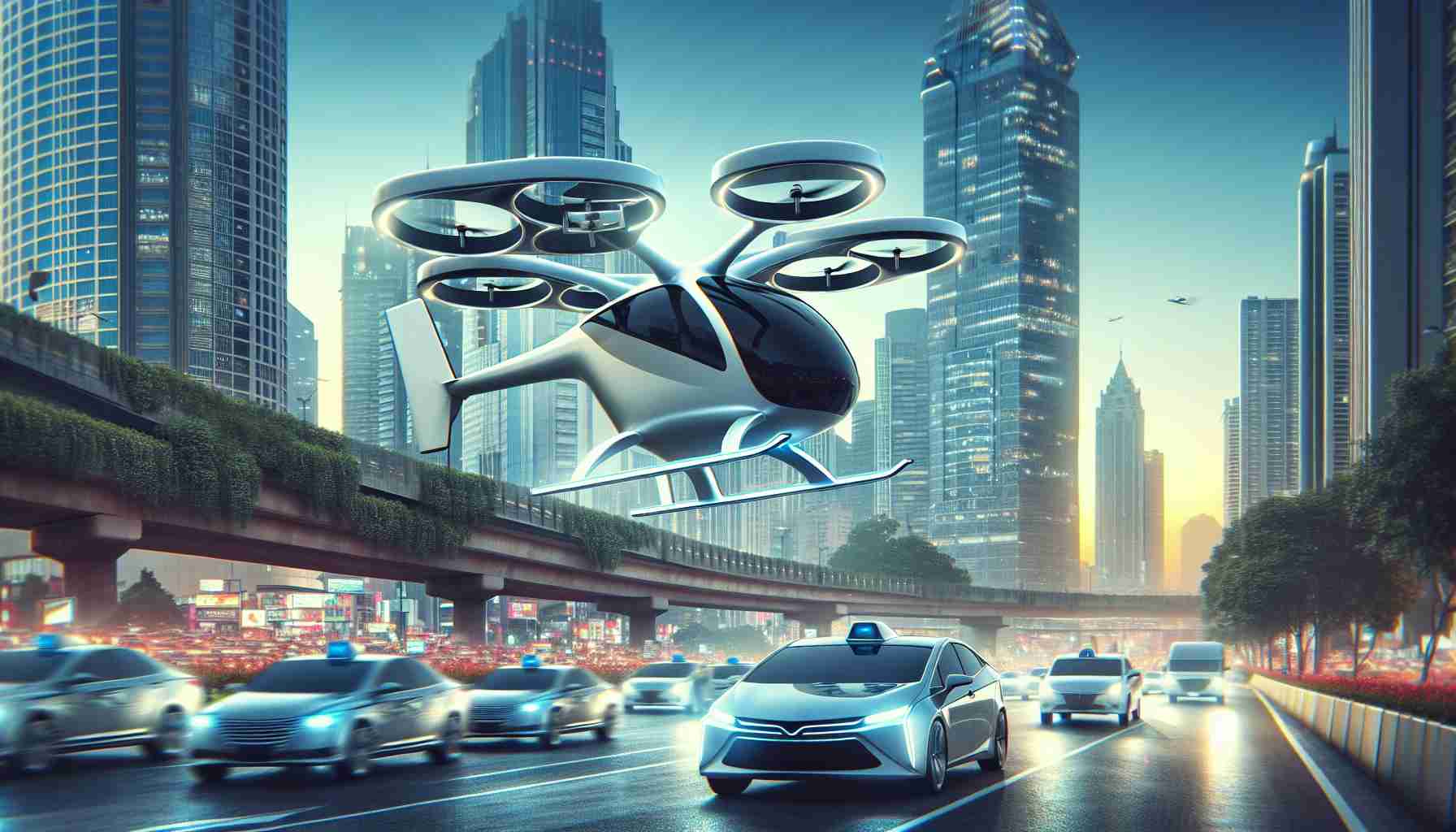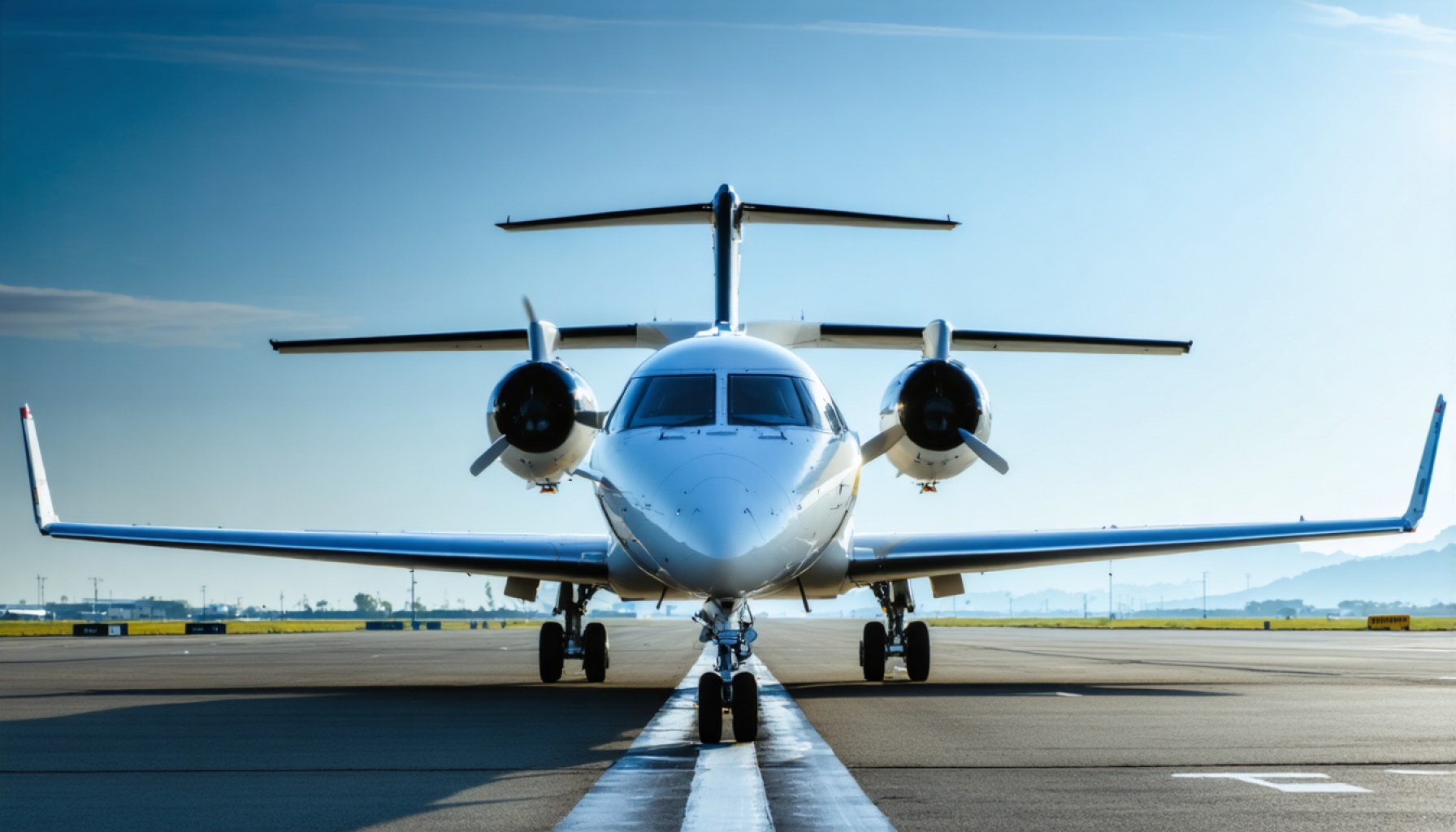Introducing a Groundbreaking Mode of Commuting
Imagine a future where urban transportation is no longer limited to cars or trains but instead involves air taxis shuttling passengers across skyscrapers and cityscapes. This futuristic vision is steadily becoming a reality, thanks to companies like Joby Aviation.
Redefining the Urban Commuting Experience
Joby Aviation is at the forefront of this innovation, with its development of electrically powered air taxis that combine the functionalities of airplanes and helicopters. These car-sized aerial vehicles promise a swift and efficient mode of transportation, capable of whisking passengers from downtown city centers to airports in a matter of minutes rather than hours.
The Path to Commercialization
Although still in its early stages, Joby Aviation has been making significant strides towards commercial operations. With the FAA’s approval to operate an air-taxi service and partnerships with industry giants like Delta Air Lines and Toyota, the company is gearing up to launch its services in cities like Los Angeles and New York City.
Embracing the Future of Urban Mobility
Joby Aviation’s ambitious plans align with market projections indicating a substantial growth potential for the air taxi industry. As the demand for innovative transportation solutions rises, companies like Joby are poised to revolutionize the way people move within crowded urban environments.
Weighing the Risks and Rewards
Investing in Joby Aviation comes with its share of risks, including competition from other players in the market and uncertainties surrounding consumer adoption of air taxi services. However, for investors with a long-term outlook and appetite for innovation, Joby Aviation represents a compelling opportunity to participate in the evolution of urban transportation.
Expanding Horizons in Urban Transportation with Joby Aviation’s Air Taxis
While the concept of air taxis may seem straight out of a science fiction movie, Joby Aviation is actively working towards making it a mainstream reality. As we delve deeper into the innovative world of urban air mobility, several key questions arise that shed light on the challenges and advantages associated with revolutionizing urban transportation.
What technology powers Joby Aviation’s air taxis?
Joby Aviation’s air taxis are designed with advanced electric propulsion systems that not only reduce emissions but also contribute to a quieter and more sustainable mode of transportation. The integration of cutting-edge technology allows for efficient vertical take-off and landing capabilities, making them suitable for urban environments with limited space.
How does Joby Aviation address safety concerns?
Safety remains a paramount concern in the development and operation of air taxis. Joby Aviation prioritizes safety by implementing redundant systems, advanced flight control software, and rigorous testing procedures to ensure a secure passenger experience. Regulatory approvals and a culture of continuous improvement further bolster the company’s commitment to safety.
What are the advantages of air taxis over traditional modes of transportation?
One of the primary advantages of air taxis is the potential to drastically reduce travel times in congested urban areas. Passengers can bypass traffic jams and reach their destinations quickly, saving valuable time. Additionally, air taxis offer flexibility in routing, enabling direct point-to-point travel without the constraints of fixed routes or schedules.
What challenges does Joby Aviation face in commercializing air taxi services?
Commercializing air taxi services involves navigating regulatory frameworks, infrastructure development, public acceptance, and operational scalability. Joby Aviation must tackle challenges such as airspace integration, maintenance logistics, passenger trust, and affordability to establish a sustainable and profitable business model in the competitive urban transportation market.
Examining the Advantages and Disadvantages of Urban Air Mobility
Advantages:
– Reduced congestion: Air taxis can alleviate traffic congestion in urban areas by utilizing the airspace efficiently.
– Environmental sustainability: Electric air taxis contribute to lowering carbon emissions and noise pollution, promoting eco-friendly transportation solutions.
– Time efficiency: Air taxis offer faster travel times, enhancing productivity and convenience for passengers.
Disadvantages:
– Infrastructure limitations: The development of vertiports and air traffic management systems poses challenges in integrating air taxis into existing urban infrastructure.
– Cost considerations: Initial investments in technology, infrastructure, and operations may result in higher ticket prices, limiting widespread adoption among the general public.
– Regulatory complexities: Achieving regulatory approval and standardization across different jurisdictions can be a time-consuming process, hindering the rapid expansion of air taxi services.
Exploring the Future of Urban Air Mobility
As Joby Aviation continues to push the boundaries of urban transportation with its innovative air taxis, the industry stands at a pivotal juncture where technological advancements meet real-world implementation. The dynamic landscape of urban air mobility presents opportunities for sustainable growth and enhanced connectivity, paving the way for a new era of commuter experience in bustling cities.
For more information on the latest developments in urban air mobility and Joby Aviation’s groundbreaking initiatives, visit Joby Aviation’s official website.



